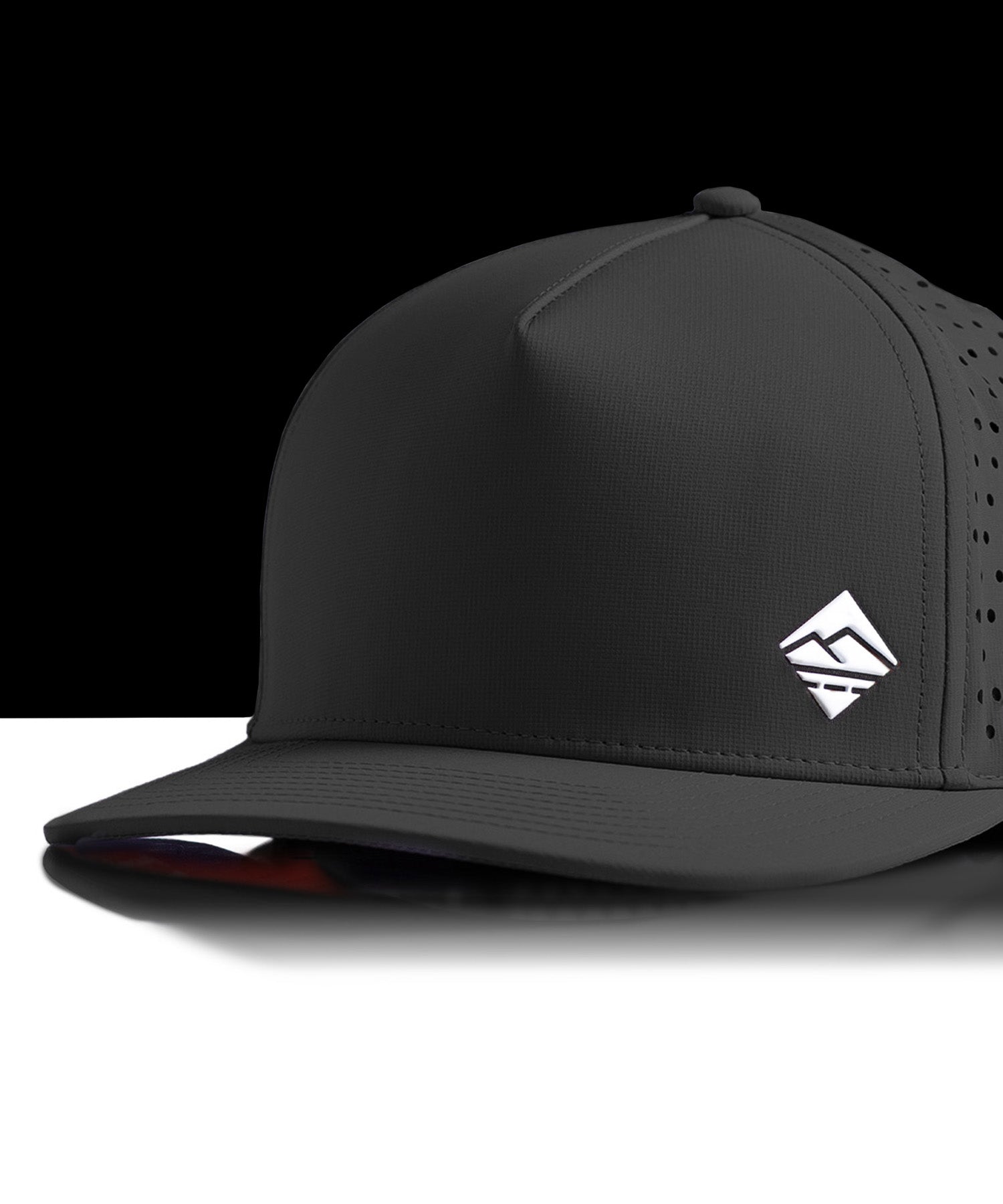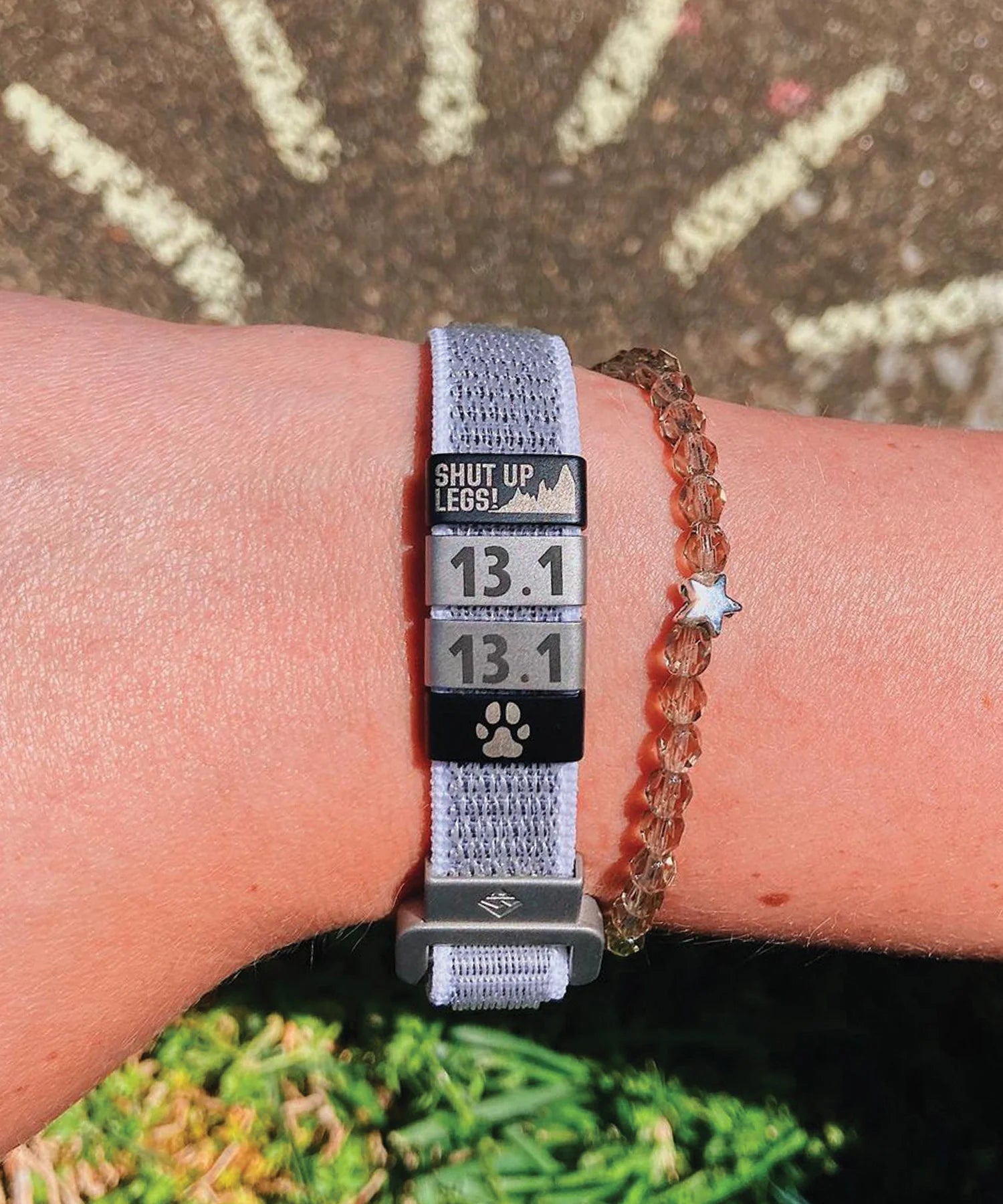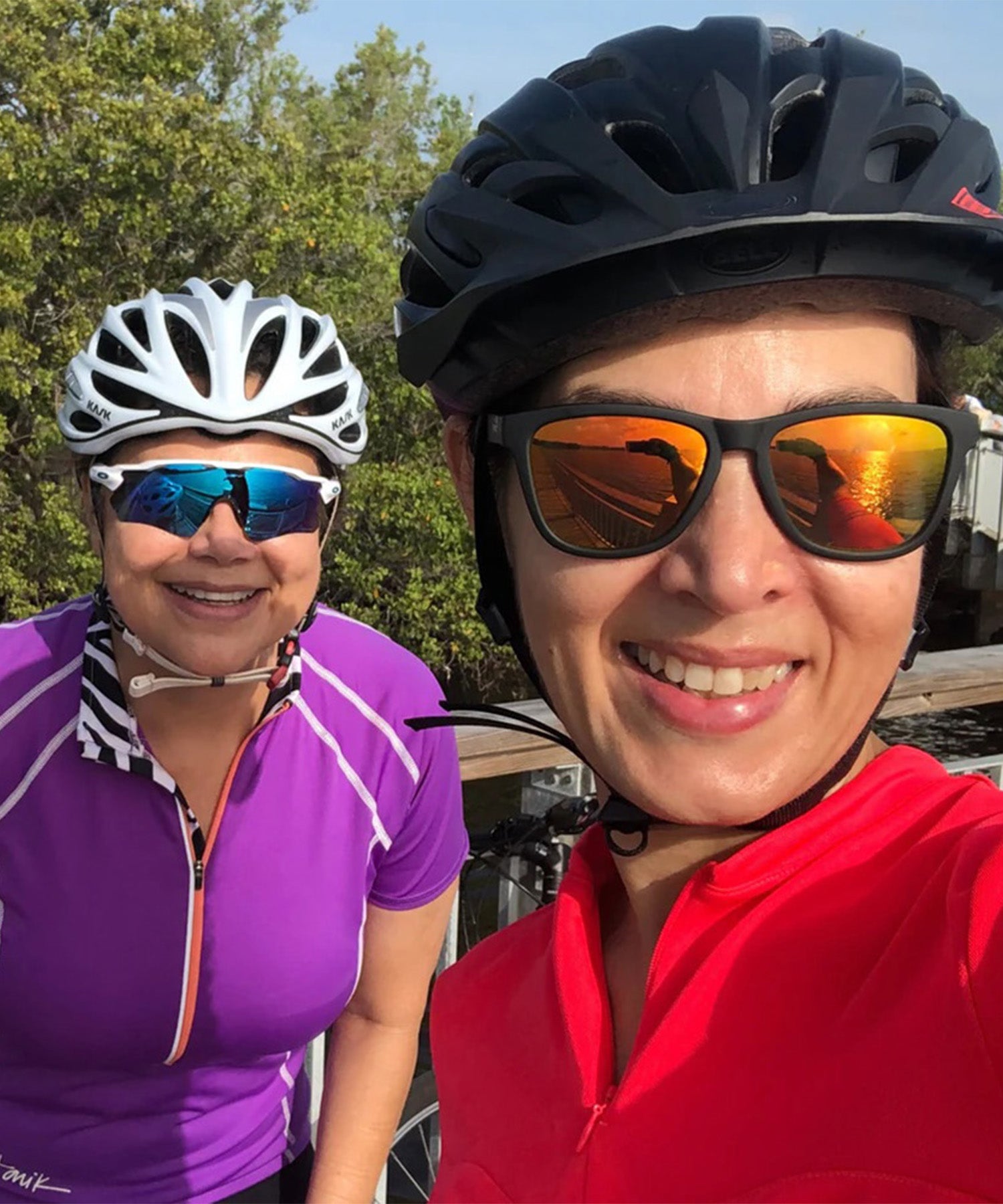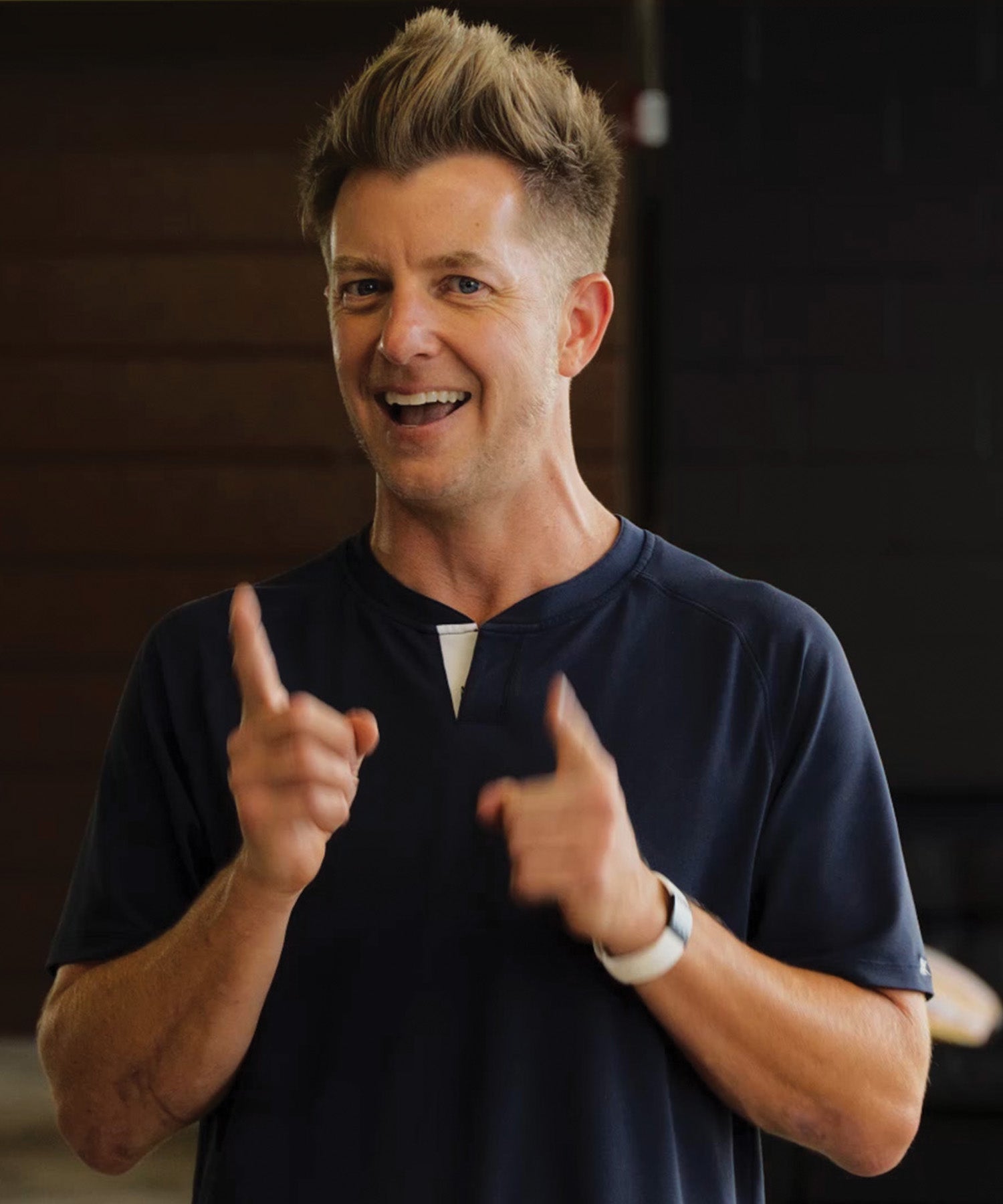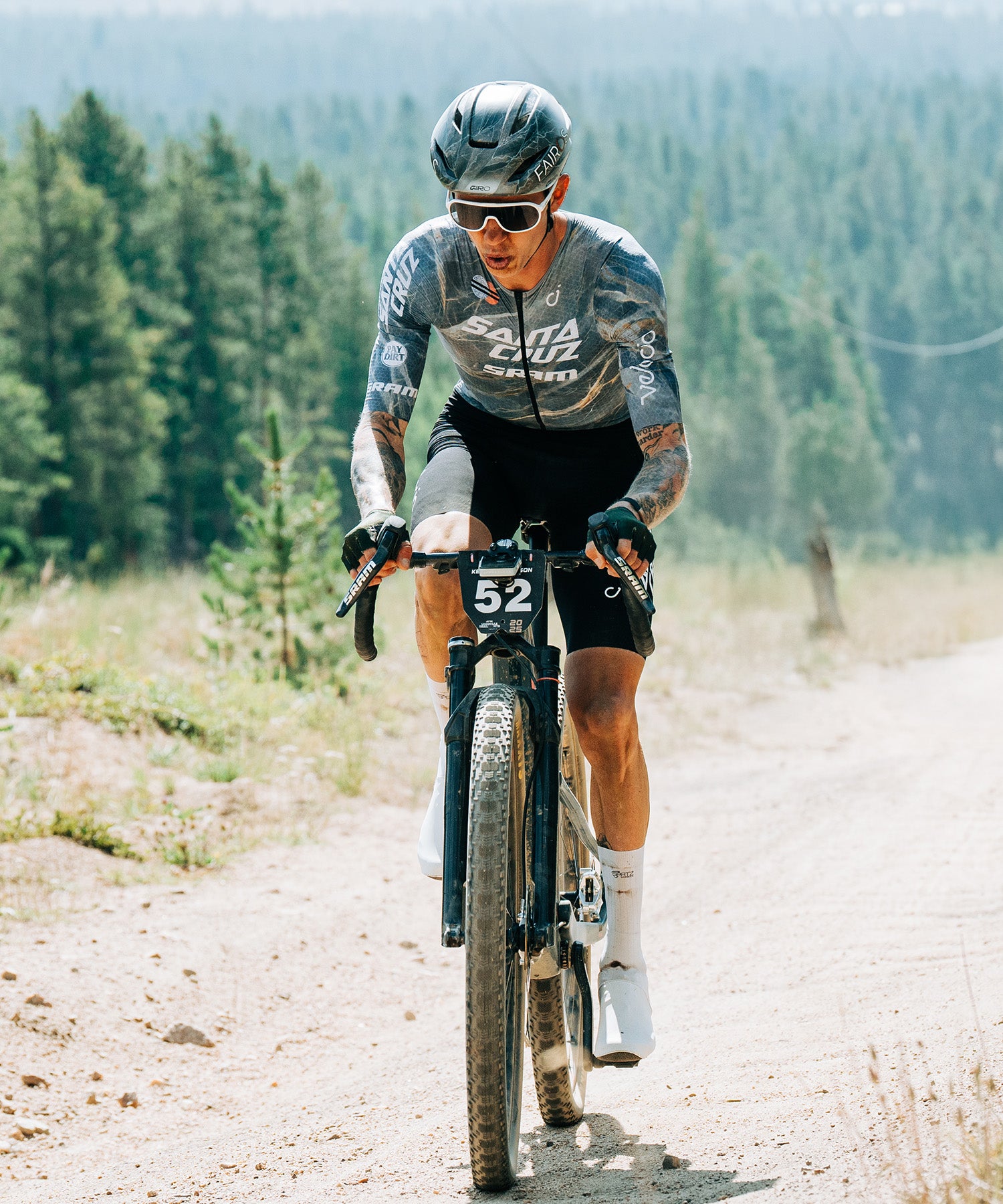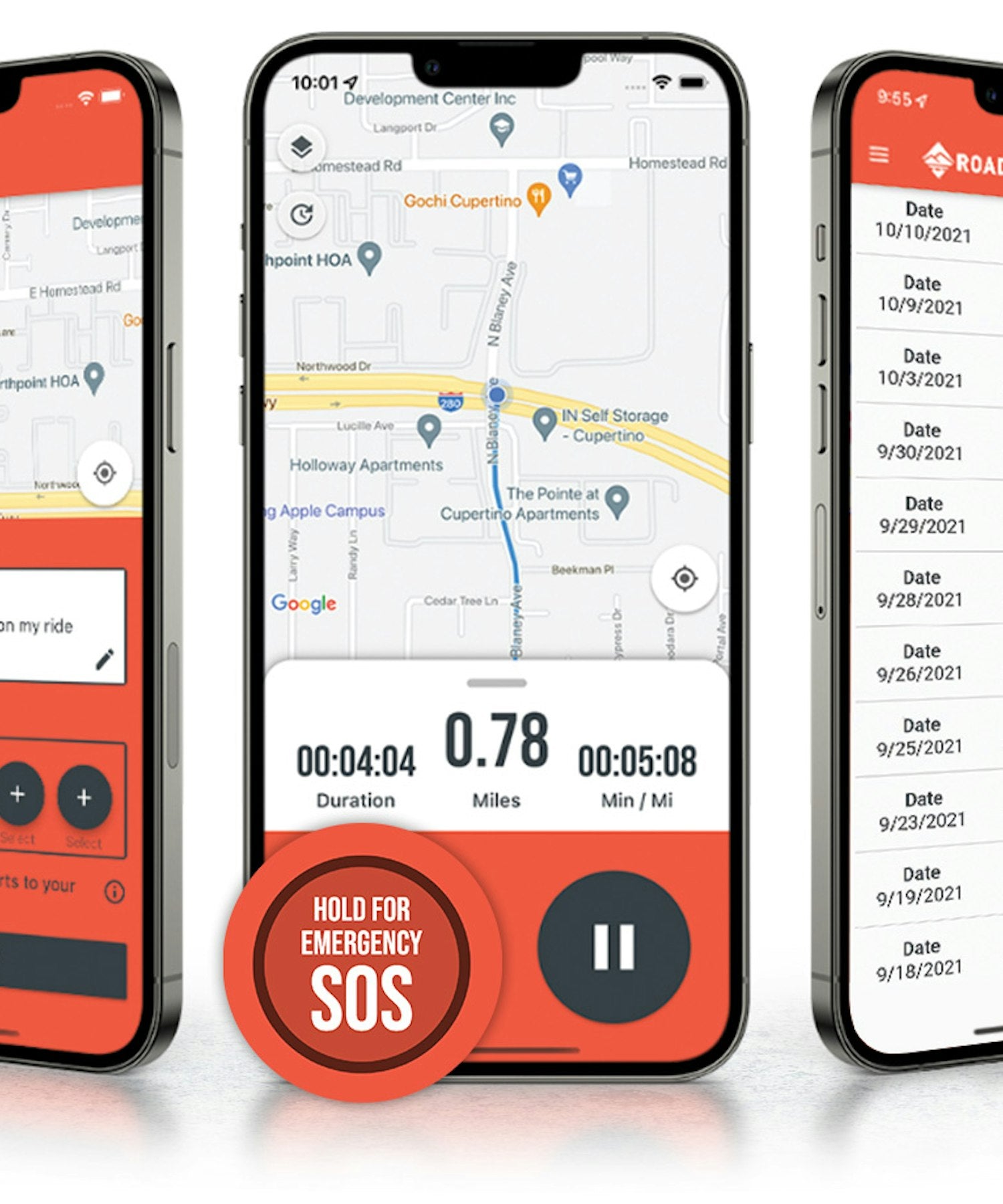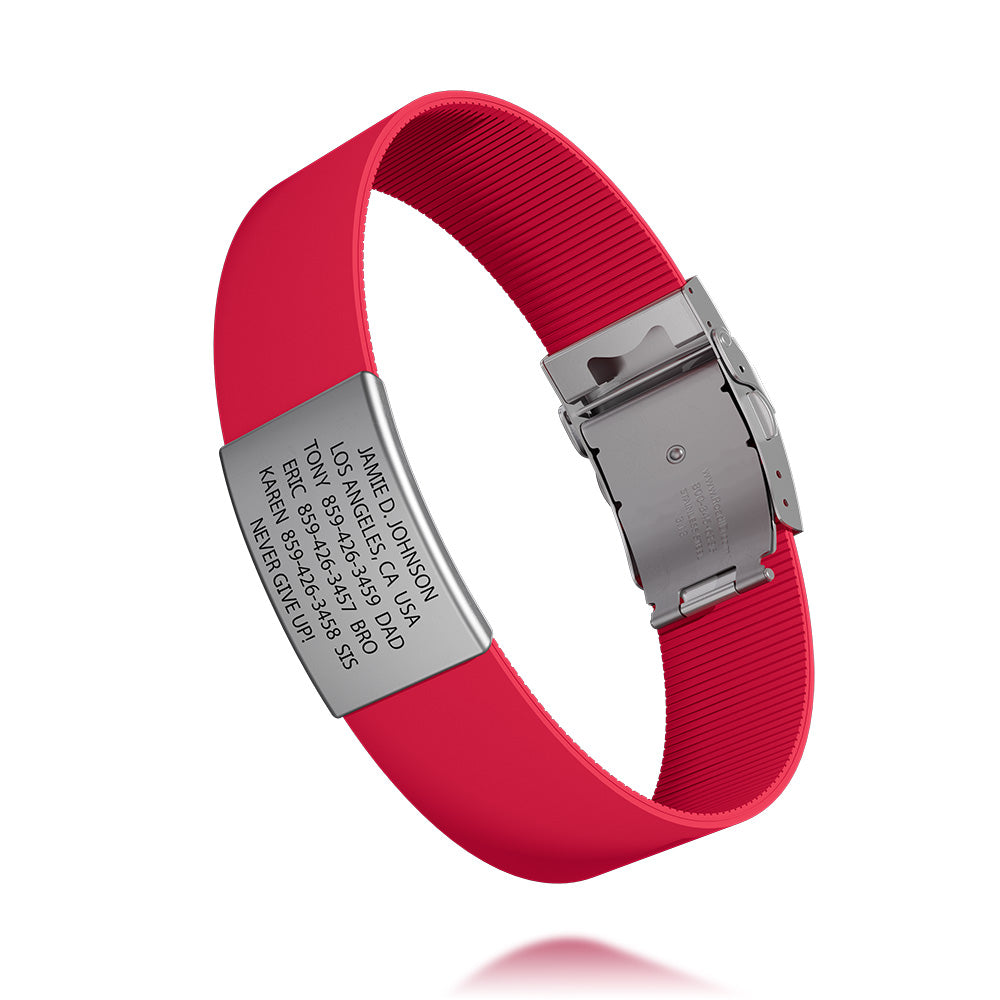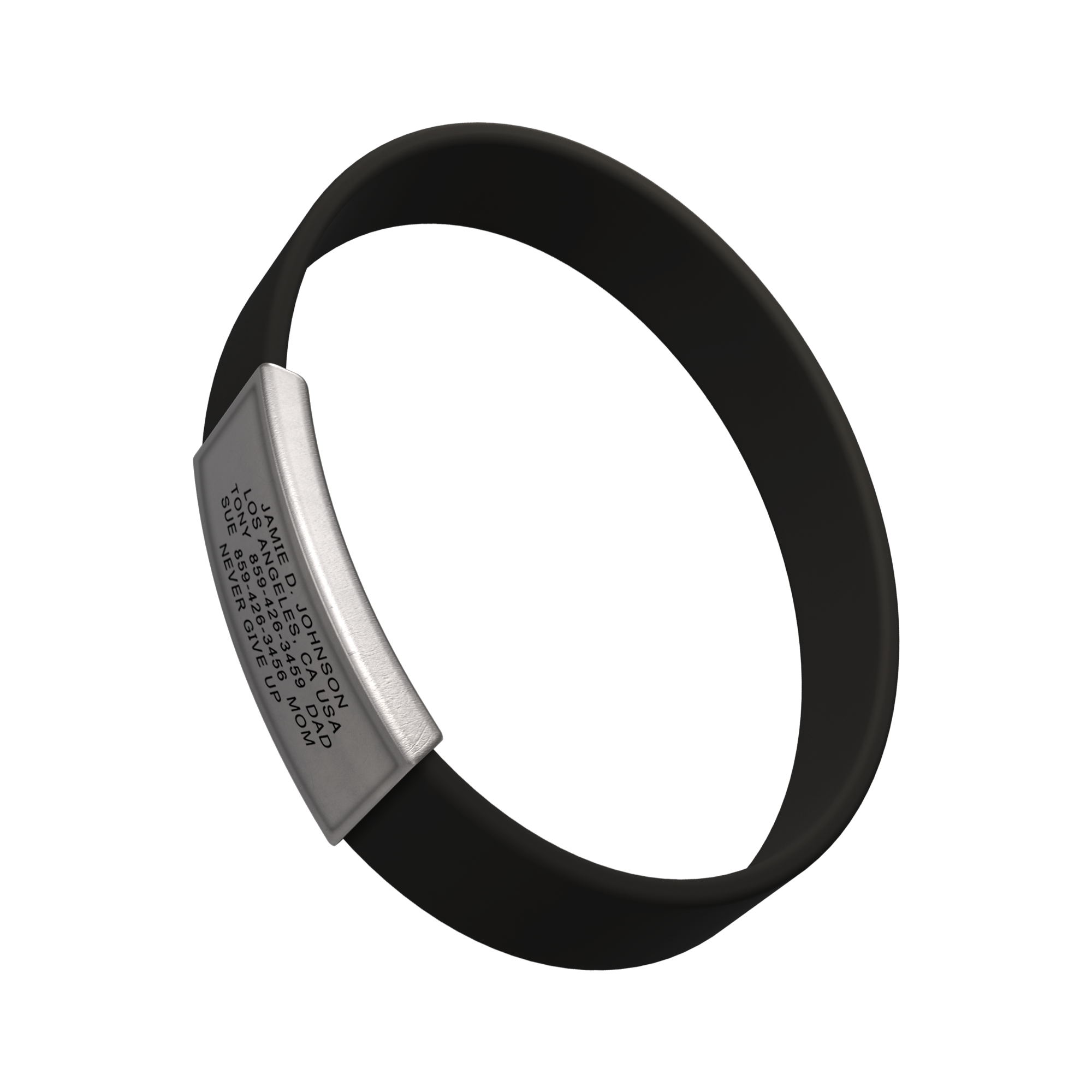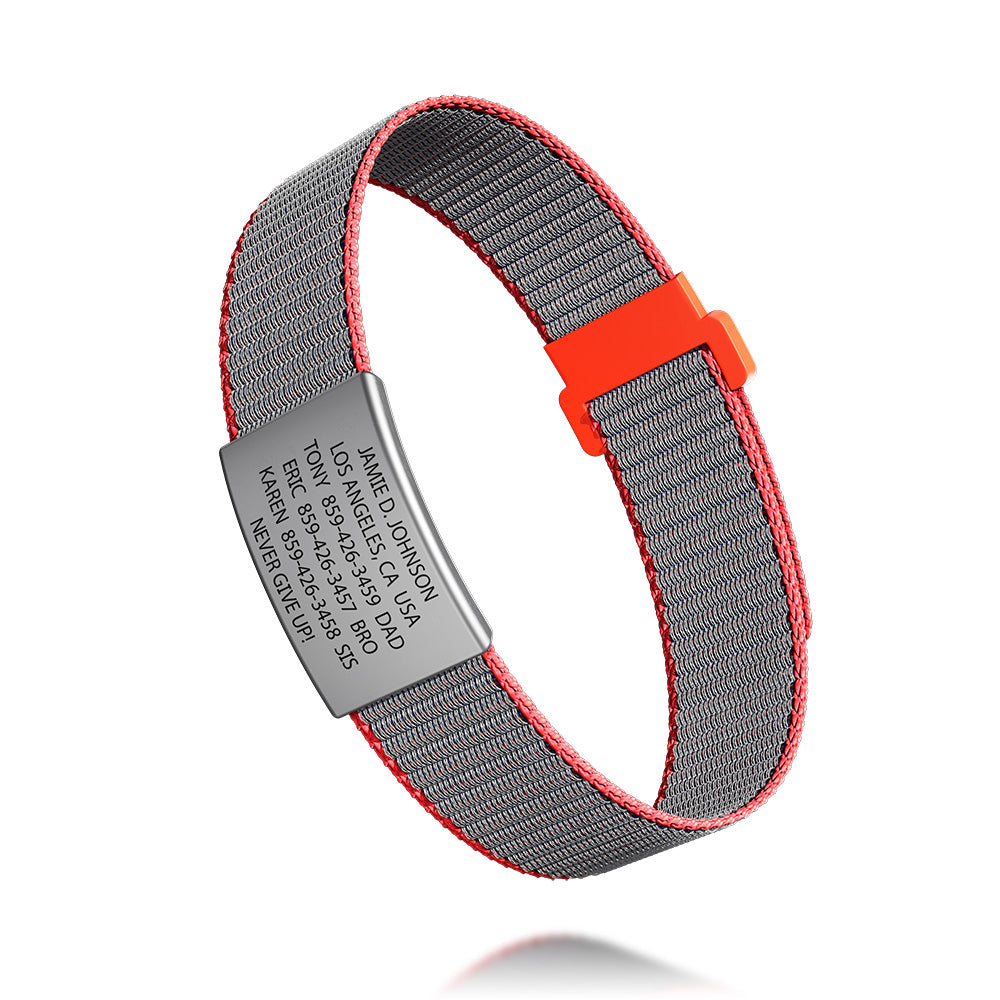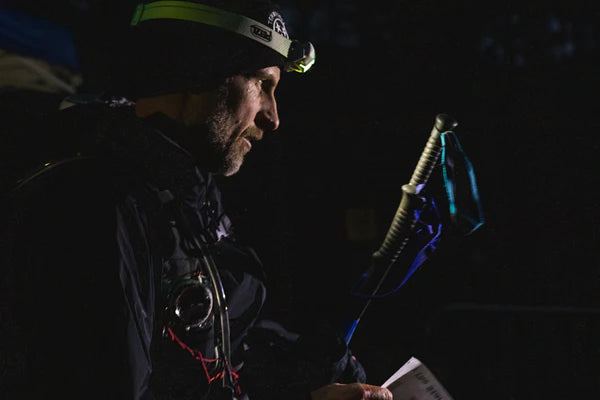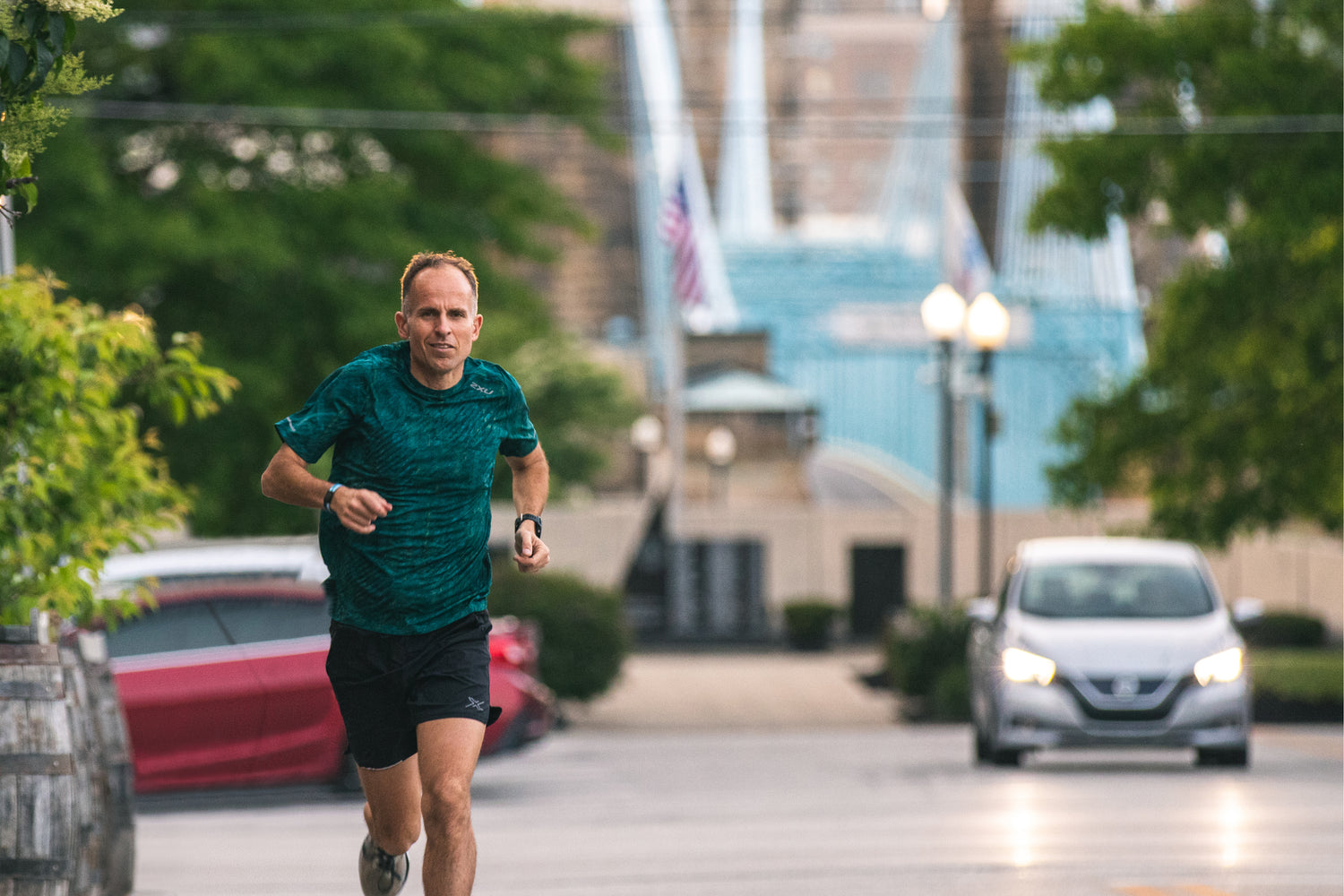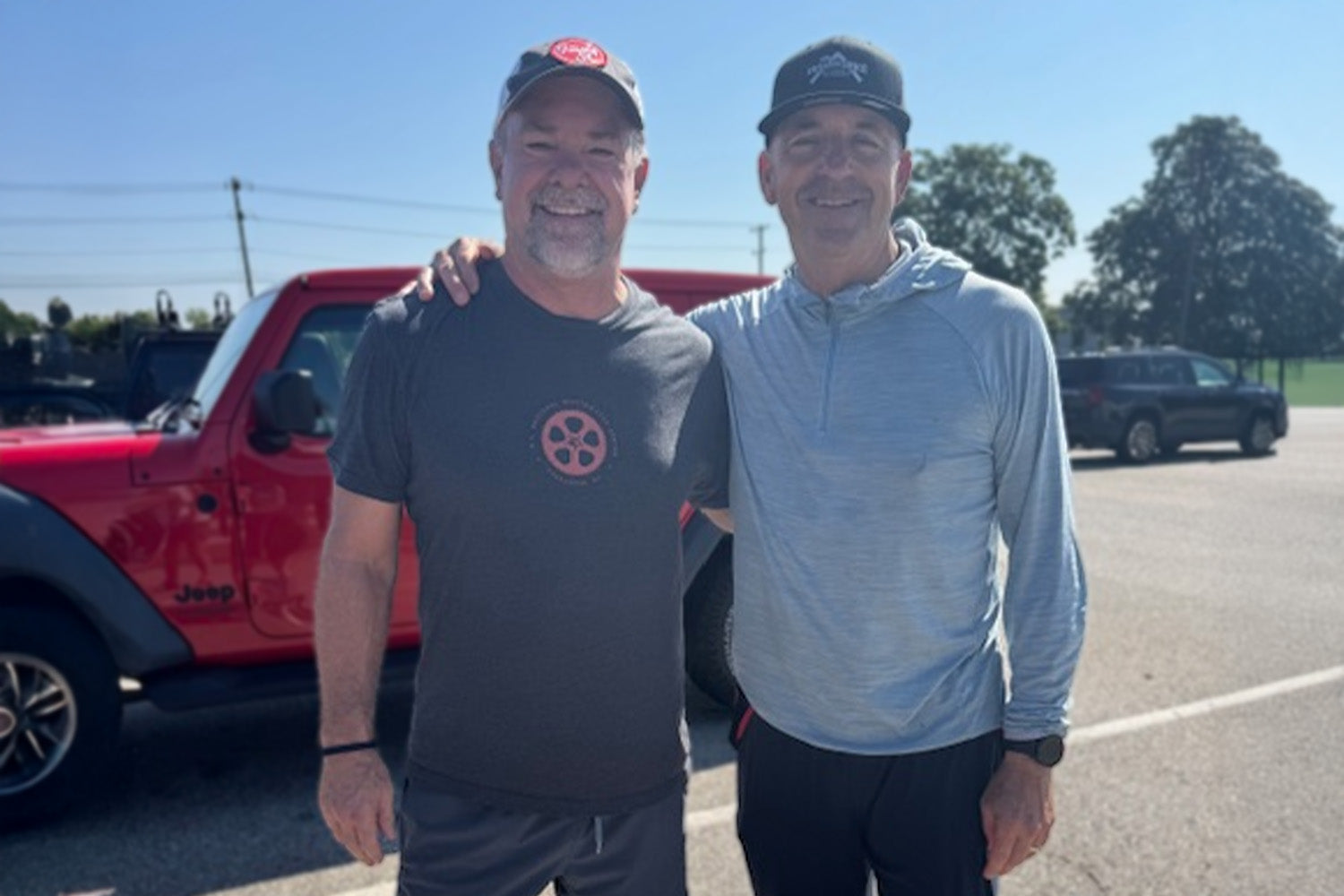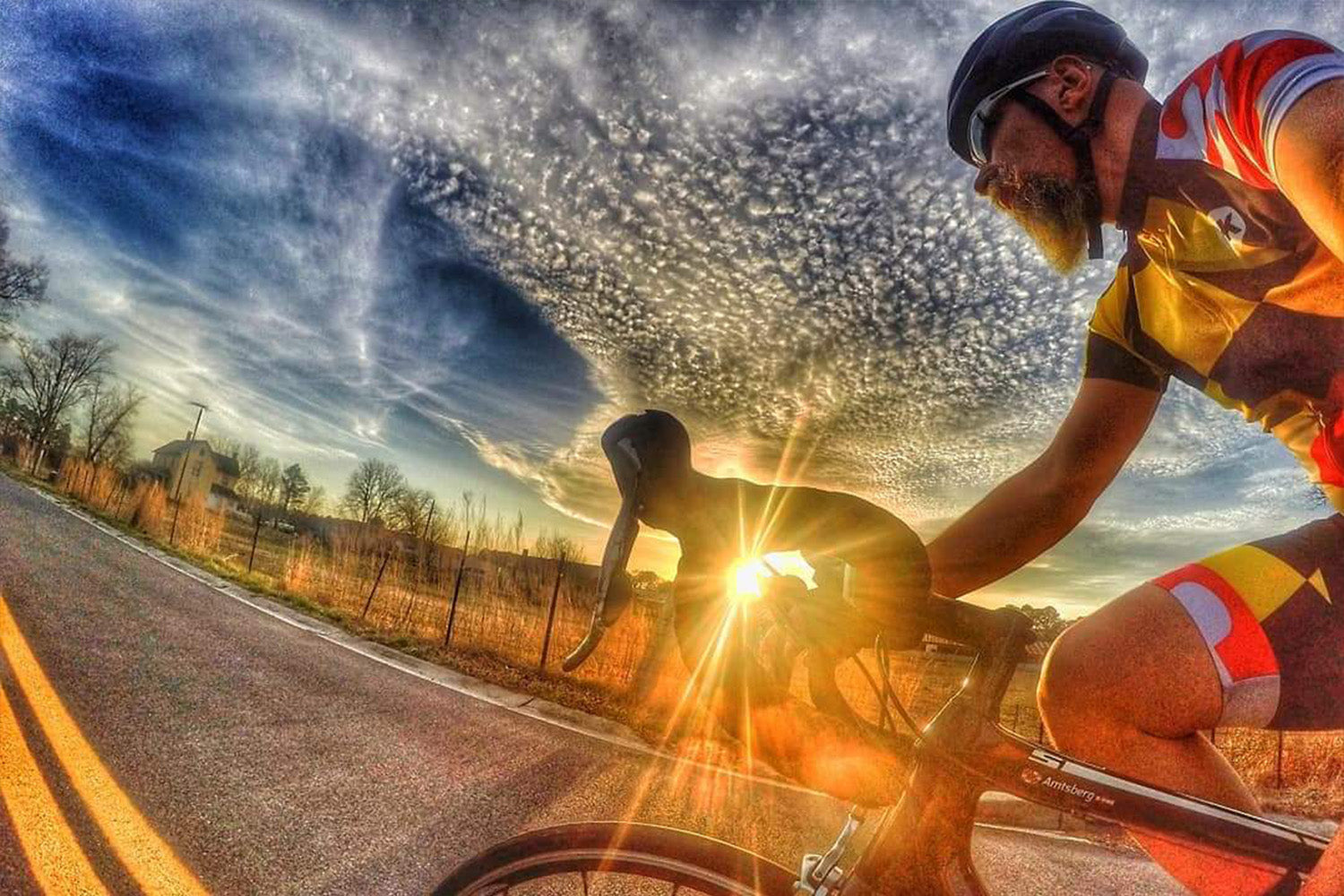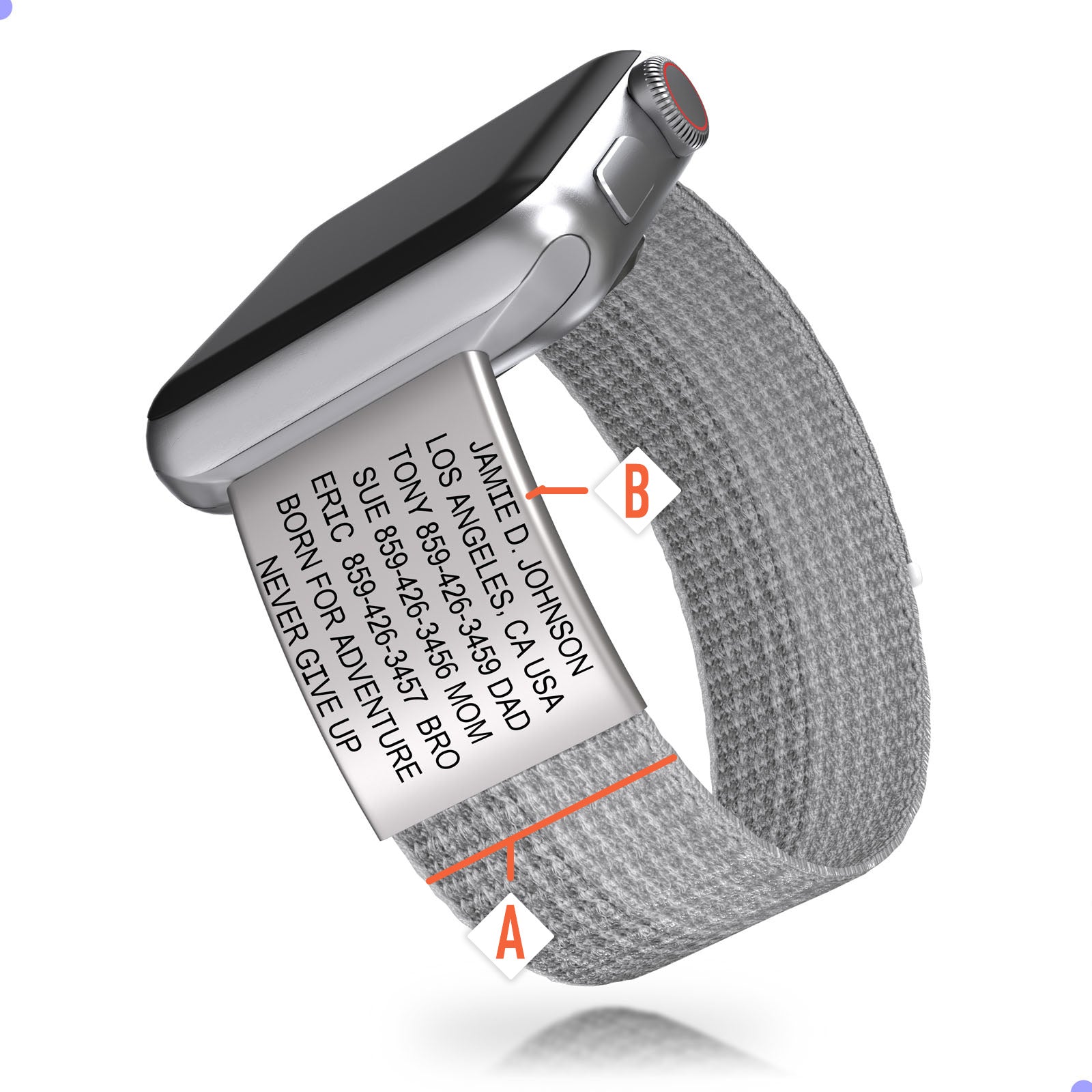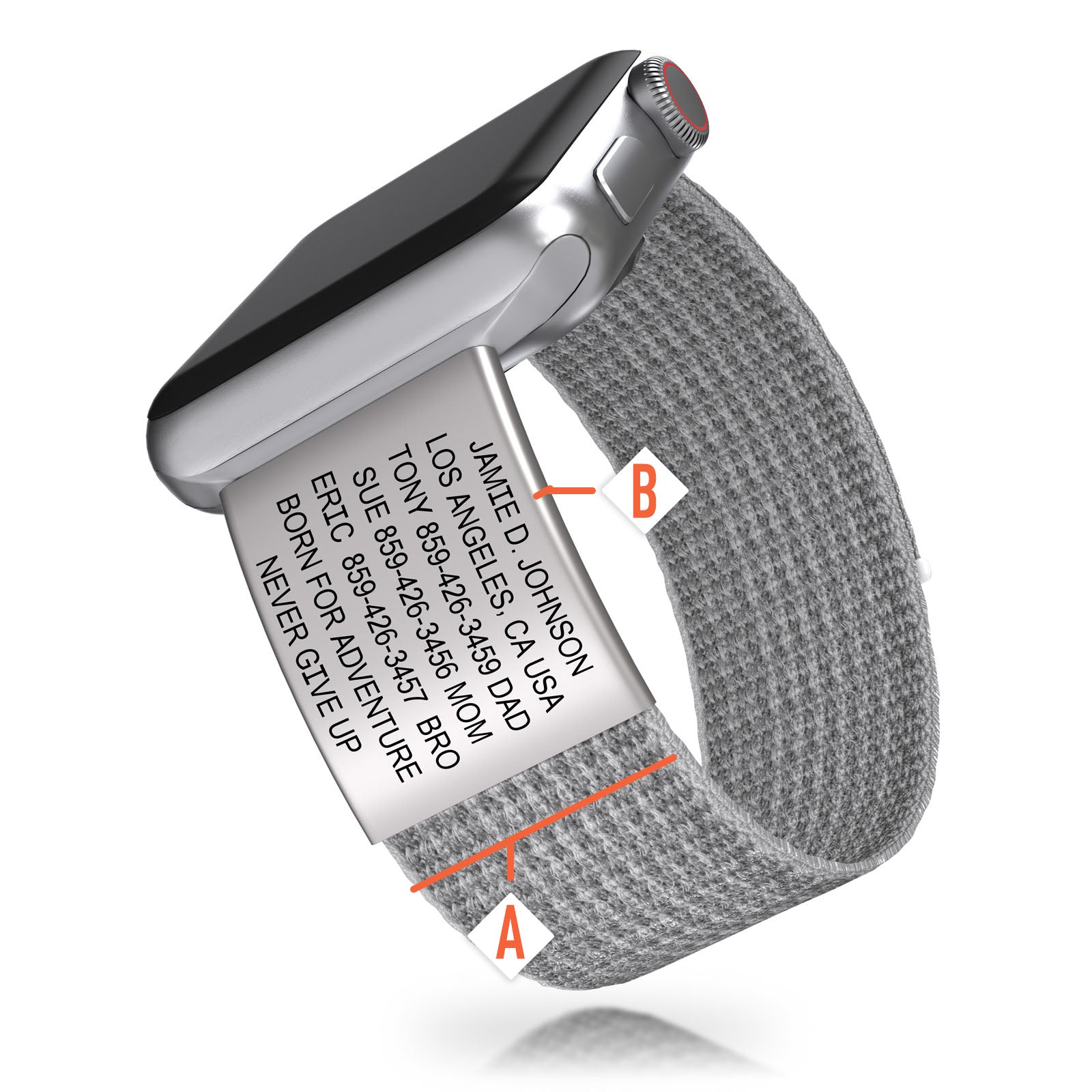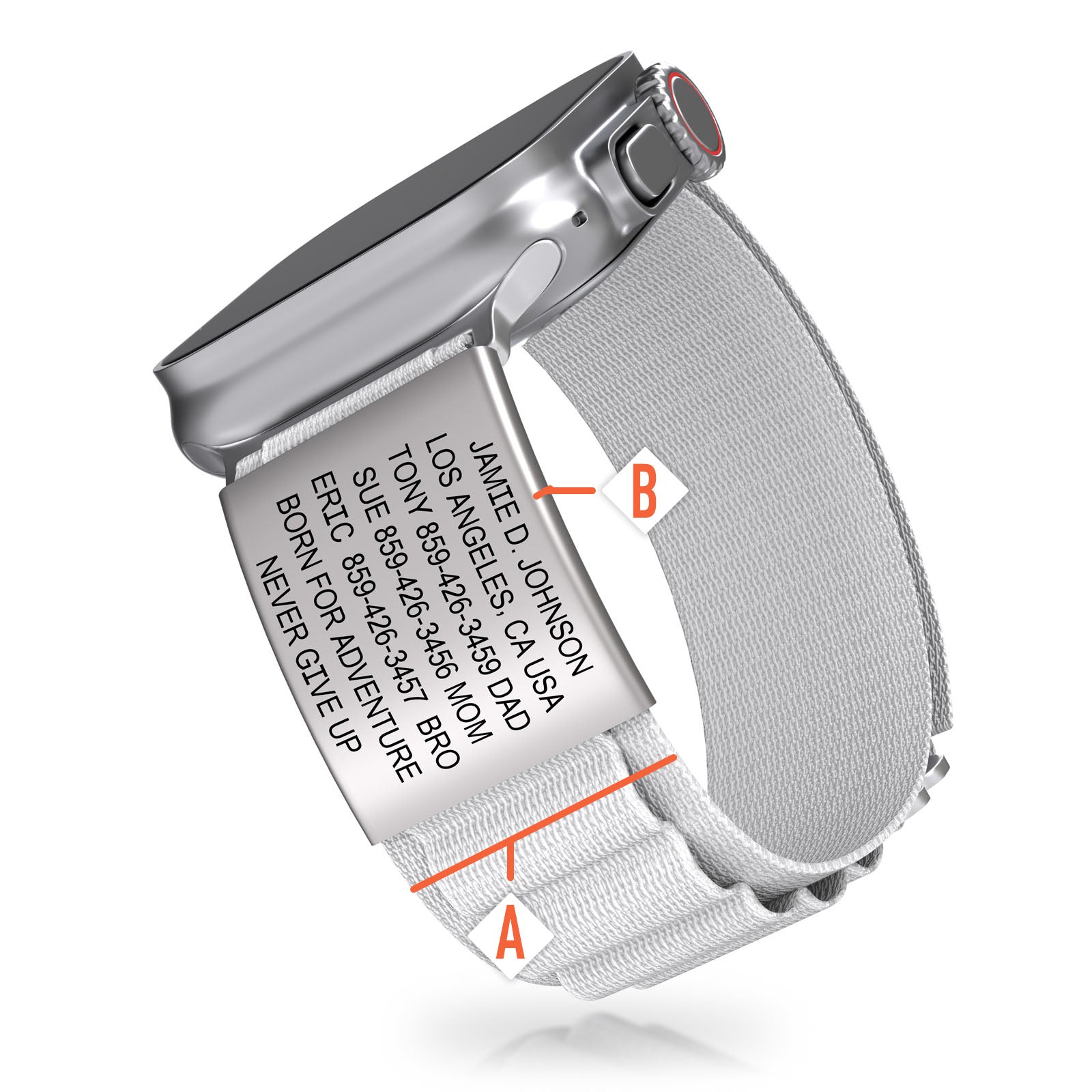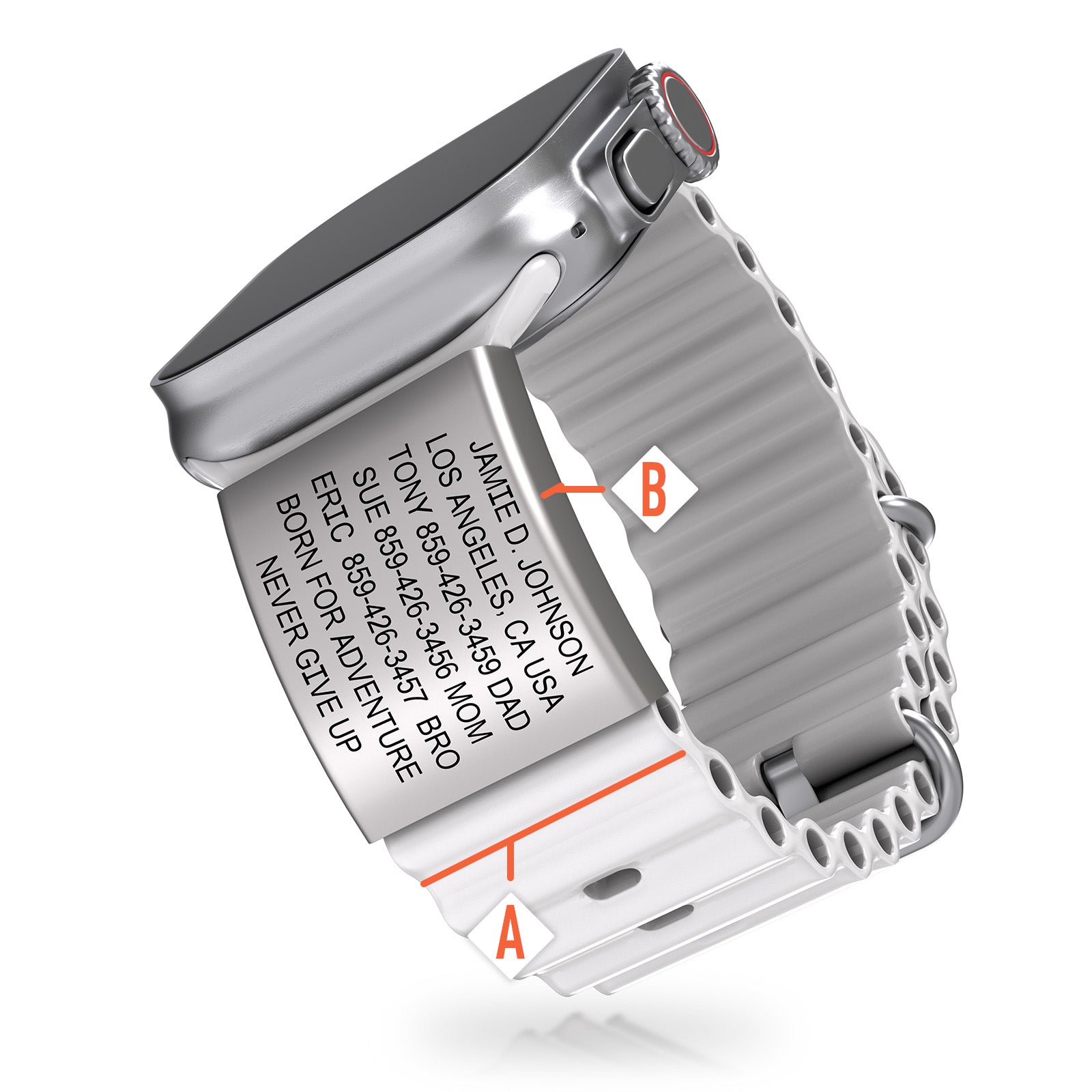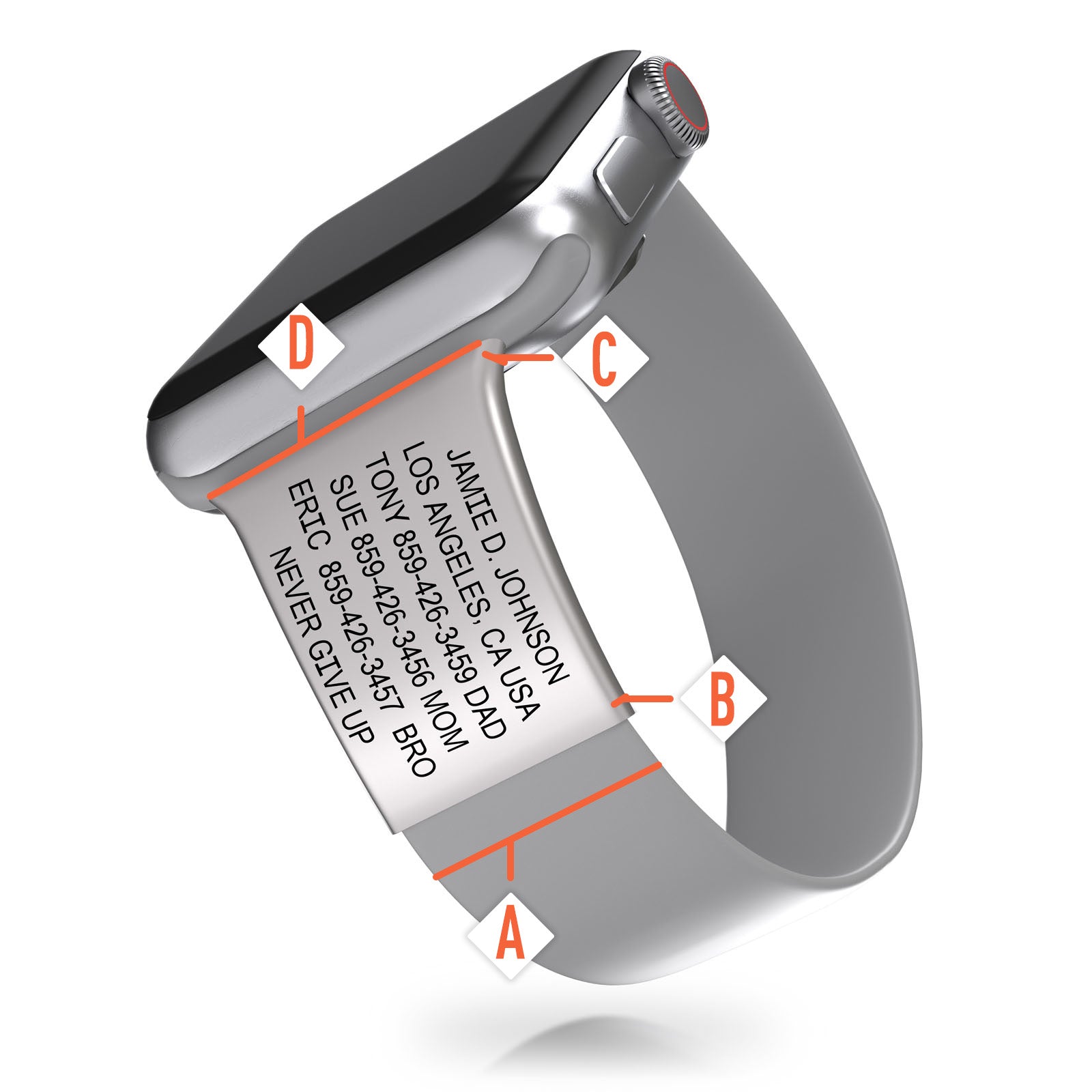Mike Trimpe is a writer, photographer, and Creative Director for ROAD iD and DOG iD.
What are the Barkley Marathons?
Something I hear often from casual running fans is, “What exactly is it? Some crazy race down in Tennessee?” So before diving in, I’ll tee things up with the long and short of it.
Barkley was inspired by the daring escape of James Earl Ray from Brushy Mountain State Penitentiary in June of 1977. The landscape was so harsh and unforgiving that he only covered about eight miles over three days before he was captured by authorities.
The prison is no longer in use, but it’s super creepy, and available for tours.
The event is kept secret, so you have no idea when it’s going to begin unless you’re invited. Even for the runners, crew members, and media in the know, the start time of the race is a mystery. It could kick off anywhere between midnight and noon the next day. Lazarus Lake - the creative genius behind Barkley and current race director - will blow a conch shell, signaling to everyone at camp that the race begins in exactly one hour.

Only 40 runners are accepted from all around the globe, so at this event, the elite converge on one location to collaborate and compete. Naturally, there were media from all over the world as well, from film crews to journalists to photographers.
The Barkley unfolds at Frozen Head State Park near Wartburg, Tennessee. The day before the race begins, each runner is given a map, a stapled sheet of instructions about the course, a simple watch for telling time, and a compass. There are no devices or GPS equipment allowed.
Runners must then decipher the clues in the instruction packet, which are riddled with reminders about how stupid one must be for signing up for the event. In fact, when you receive your letter of acceptance to enter the race, it begins like this:
It is my unfortunate duty to inform you that your name has been selected for the 2023 Barkley Marathons….
The letter continues with Laz’s good-natured ribbing:
It is anticipated that this enterprise will amount to nothing more than an extended period of unspeakable suffering, at the end of which you will ultimately find only failure and humiliation….
And finally, a reminder that there’s nothing you can do to prepare:
You may, if you so desire, spend the intervening months between now, and March in a futile attempt to perform sufficient training to enable yourself to cover a greater distance before your ultimate demise. However, it would probably be better to spend this time putting your affairs in order…
It’s worth noting that less than half of the course is actually on the park trail. The rest are game trails, telephone wire clearings, thickly wooded detours that funnel runners through streams, giant bramble patches, and a drainage tunnel that runs underneath Brushy Mountain Prison, ensuring that no one will escape with dry shoes.
The clues lead the runners to books hidden under rocks or logs, and each must tear the page out of every book that matches his or her bib number to prove they found the checkpoints.

Each loop is 20 miles, and five loops complete the race. However, a single loop can take anywhere from 8-20 hours, depending on your navigation skills, energy level, mental condition, food resources, weather conditions, and pack weight. As you can imagine, there’s plenty of strategy that goes into deciding what to bring for each loop.
It’s very common for runners to become tired and lost in the wilderness, and worth noting that no one had finished the race in five years.
Giant Stone Pig Dinner
The server emerged carrying a massive, sizzling stone bowl shaped like a pig and set it down in front of Lazarus Lake with a thud. “Perfect. A giant bowl of meat.” He chuckled and shot a satisfied glance across the table where ultrarunner Harvey Lewis, famously vegan, had to smile.
We were halfway through a four-hour dinner session at a Mexican restaurant in north-central Tennessee, which by the way appears to be half car wash and half eatery; a Centaur of services if you will.
Over the steaming pig bowl, Laz shared much about his life with us. It was clear he's passionate about his race events, and has a vision for the future for each one.
As he described what it takes to compete, he kept coming back to his beloved dog, Big, who in many ways is his inspiration. “Big never quits, he just keeps going. He’ll achieve what he set out to do, or he’ll die first.” He continues on and draws a parallel between Big and humans. “The only obstacle he can’t overcome is time. And that’s what we all fight against.”
Laz effortlessly floats from philosopher to storyteller to comedian as he recalls his first time running across America.

He recalls narrowly escaping giant hail in Kansas, and finally getting over the Grand Tetons, only to discover another mountain range rising in the distance. “It looked like they plopped the Blue Ridge Mountains in the distance, and I went ‘f&ck…what the f&ck is that?’”
His delivery has a way of garnering laughs.
As I mentioned above, each runner is “awarded” a watch that is synced with the race clock, and simply tells the time; there are no smart devices or GPS technologies allowed.
Laz goes on to share that one of the watches he bought has a ‘nearly impossible’ interface. “I couldn’t figure out how to work the damn thing, so whoever gets that watch isn’t gonna be happy.” A hearty laugh follows.

He’s unapologetically comfortable in his own skin.
I asked him the broad question, “what do you think will happen this year?” Laz stared back for a couple seconds and declared, “bad things will happen.”
Again, rising laughter from the table.
It’s funny when you’re not a participant.
Through all the jesting and seemingly smug satisfaction around having created a revered and terrifying race course, Laz lit up the most when he talked about the runners; the friends he’s made over the years, and how much those friendships mean to him. I connected the dots from Big to his runners, which he seemed to have a photographic memory of. He wants them to understand that there’s so much more inside each of us that we haven't unlocked; that we’re capable of feats beyond our apparent grasp, if we can just get out of our own way. If we’re unflinchingly determined, like Big, we’ll surprise ourselves every time.
After a Modelo, a quesadilla, and six waters, I retired to the worst motel I’ve ever stayed in. It was so bad, in fact, that I decided sleeping in the car was an upgrade.
Frozen Head State Park Campground
After touring the spooky aforementioned Brushy Mountain State Penitentiary, I arrived at the campground and settled in. It’s a well-kept serene place, flanked by tall, old pines, and carved in half by a mountain stream babbling through the valley.
Fiddling with my camera gear, I bundled up and made my way to the iconic yellow gate, which serves as the starting line and check-in point for the entire race. It was about 27F with winds gusting up the mountainside. Soon, a trailer arrived full of firewood, and Laz quickly recruited, well, everyone to help unload the trailer and stack the firewood for the week - there would be a communal fire pit near the gate, burning day and night.

License plates - a requirement for entering the race - were being strung up, forming two colorful, aluminum curtains. It’s very cool to see plates from all over the world, from this year and years past.

Shortly afterward, ultrarunner and high school teacher Harvey Lewis and crew member Judd Poindexter arrived at camp. Harvey and I have been on many adventures together over the years, and he’s the reason I was able to experience the Barkley this year. He’s one of those guys that just makes you feel better about life after having spent a few hours with him.
Judd is a master “fixer.” After setting up a detailed, well-labeled camp in what seemed like twenty minutes, he began preparing ingredients for Harveys meals, which Judd makes hot and fresh for when Harvey returns from the grueling 20 mile loop.

Soon, maps, instructions, and watches are handed out. Harvey spends several hours ensuring he knows the off-trail route, and where the various books are located.
As we retreated to the car to review the course directions in detail, it quickly became apparent that Laz thoroughly enjoyed writing them.
There are descriptions of caves to climb out of, mine shafts to avoid, confluences to cross, rock formations to scramble up, smooth, icy-covered stones, and topography that looks like an infinite roller coaster - all peppered with insults and omens. After we finished the fifteen-or-so page packet, I really felt sorry for my friend Harvey. It was there in black and white: the punishment he was about to endure, all to just see if he could.

But that’s always been his modus operandi, which has led to him rising through the ranks of ultrarunners and winning events in unspeakable conditions, like Badwater 135, a 135-mile race through Death Valley in the heat of the summer.
The map was dialed in, the sun disappeared over the mountain crest, and the campsite grew quiet and dark as everyone hunkered down against the cold, awaiting the horn-buzz of the conch shell.
It was a long, cold night. The conch shell alarm never sounded, and I kept sitting up with a jolt, wondering if I’d missed it. I cursed myself for drinking too much water and having to stumble out to the treeline multiple times in the windy darkness.
Just before 10AM the next morning, Laz finally sounded off on the conch shell, and the clock started ticking - one hour until go time.
Ten minutes before the race, Harvey realized his favorite hiking poles suffered a frayed tether that looked like it might not make it through the race. Judd quickly opens a drawer and retrieves nylon material, heats up the stove and pulls out a sizable lock-back knife. Five minutes later, Harvey’s hiking pole has a better-than-factory wrist tether.

Judd is my first call when the zombie apocalypse hits. He also makes a mean buttered bagel.
Now, there’s no flare gun or green light that signals the beginning of the race. Instead, Laz lights a cigarette, and away we go. It’s a pretty big moment.
Minutes before the race, runners and media crowd the yellow gate, get into position, and watch Laz intently for that ceremonial cigarette.
This is where I first experienced the magic. I saw runners hugging their spouses and friends. Some were teary-eyed at finally having started something so formidable and inspiring, many traveling from the other side of the world to do so. Others take a final glance back at their loved ones, not knowing exactly what lies ahead, or if they’d packed or dressed properly. In this moment, it is crystal clear what the Barkley means to this community. This is a chance to prove something to yourself. To harness Big the dog. Laz loves to say “you’ll never make it,” but it’s obvious he believes in each and every runner selected.

Laz slowly and methodically unboxes a cigarette and fumbles around in his front shirt pocket for a lighter. The cigarette glows orange and everyone scurries off, up the hill and into the wilderness that reduced James Earl Ray to a whimpering child.

Harvey’s Race
Almost exactly ten hours later and shortly after sundown, I spot Harvey Lewis running up the park road, on the course and looking energetic. He was upbeat, confident in his navigation skills and ready for more. He checked in at the yellow gate, presenting his book pages and bib number to Laz.

Judd set out multiple food options for Harvey to choose from, and while he scarfed down a hot meal, Judd refreshed his equipment and helped him pack food for loop #2. All in all it was a twelve minute turn-around. Loop #2 had to be run counterclockwise, because why make it easy? So Harvey checked out, headlamp on, and strode off into cold darkness.

The next morning, I returned to camp, worried that I’d possibly missed Harvey’s second check-in. Judd informed me that there was still no sign of him. Morning dragged on and became afternoon. Harvey had been gone for almost fifteen hours at this point.
He was nearing his cutoff time to finish loop two, and I was starting to worry.

Finally, he rounded the corner and began the gentle descent to the yellow gates…missing his cutoff time by about ten minutes.
That was the end of the line for Harvey.

In typical fashion, he remained reflective, if not upbeat, about his performance. As he leaned back in his chair at camp, I quickly interviewed him while Judd prepared the tent.
“Lap number one was slower than last year, but this year I was really excited that I hit all the books, navigating wise, and that really gave me a lot of confidence,” he said, eating some nondescript steaming food out of a coffee mug.
He goes on to articulate why he just missed the cutoff on loop #2. “Last year was so rough with the cold and the rain, so this year I wanted to make sure I was properly dressed. I probably wouldn’t have brought so much stuff, but while we were waiting around, we had a little hail, a little snow, a little rain, so on the top of the mountains it’s 15-20 degrees colder, so I just wanted to be prepared.”
This made his pack heavier than normal, slowing him down and requiring more energy. “I also misjudged the amount of calories I would need. I packed about 2,000 calories, and I was done with all my food about half way through lap two. Without calories, the engine can’t go.”
Many sections of the trail have scary names, like The Bad Thing and Big Hell. I asked Harvey about the worst of the worst, Rat Jaw. “Rat Jaw is infamous. It’s a section of power lines, and the grade [steepness] is over 45%. It is so steep, I’m amazed my shoes could hang on. And they have this wire you can grab that just happens to be there, maybe from the power company. A lot of runners, including myself, just grabbed that and we pulled ourselves up. It is very challenging.”

Harvey stayed until Thursday evening to cheer on what would be the first three finishers since 2017.
I want to thank Harvey Lewis for including me on yet another unforgettable adventure. I also want to thank Judd Poindexter for the wind shelter and the excellent camp stove cooking that kept me alive. Finally, thanks to author and reporter Jared Beasley for commiserating with me in Campsite 3.
If you’re intrigued and want to dive deeper, check out Jared Beasley’s article in the New York Times. There’s also a great documentary from 2014 called The Race That Eats its Young, which as of this writing is available to watch via Amazon Prime.
You can follow Harvey on his adventures by searching for Harvey Lewis - Ultra Runner on Facebook and Instagram.






